Los diseñadores de Studio Swine hablan de la importancia de aceptar la incertidumbre en el trabajo creativo.
Desde la creación de gafas hechas con pelo humano hasta la transformación de restos de plástico en objetos de lujo, los diseñadores Alexander Groves y Azusa Murakami no son ajenos a la idea de adentrarse en territorios desconocidos para producir obras extraordinarias.
A menudo esto significa inevitablemente cometer errores, pero a pesar de los desvíos, el dúo que está detrás del premiado (Premio Swarovski al Diseñador del Futuro y Papel pintado Top 20 menores de 40 entre otros) la práctica interdisciplinar del diseño Estudio Swine mantener que saltar a lo desconocido y superar el fracaso ha sido una parte crucial para llegar a descubrimientos inestimables.

Todo empezó después de que Groves y Murakami se graduaran en el Royal College of Art (RCA) con la sensación de que Londres podría no ser el lugar adecuado para lanzar sus carreras de diseño. En su lugar, se sintieron atraídos por São Paulo.
Tras solicitar innumerables residencias y programas gubernamentales en vano, decidieron arriesgarse y volaron a la ciudad brasileña sin tener ningún contacto ni ninguna oportunidad preparada.
"En cierto modo, siempre tenemos una estrategia, pero luego, muy rápidamente, tendemos a gravitar hacia cosas que desconocemos y que nos asustan un poco, porque realmente te empujan a hacer algo", dijo Groves. "Nunca nos ha gustado estar en un lugar cómodo".
Como la pareja llegó a la ciudad sin trabajo, tuvieron mucho tiempo para explorar y observar detenidamente el paisaje urbano. Mientras documentaban en Internet interesantes avistamientos callejeros, a Groves y Murakami les llamaron especialmente la atención los catadores de São Paulo, basureros independientes que rebuscan entre montones de basura callejera y transforman los trastos que encuentran en arte y muebles.
Inspirándose en ellos, Studio Swine desarrolló su propio horno móvil que fundía latas de aluminio utilizando como combustible aceite vegetal usado recogido en las cafeterías locales y produjo una serie de taburetes de aluminio únicos que acabaron donándose a los vendedores que proporcionaban los aceites de cocina. Otro resultado del viaje a Brasil fue una colección de iluminación y mobiliario de lujo, apropiadamente llamada Colección São Paulo-hechos con latas de aluminio y botellas de bebidas desechadas en las calles.
Transformar materiales comúnmente pasados por alto en objetos bellos y utilizables parece ser un tema recurrente para el estudio de diseño anglo-japonés. Tras desarrollar una técnica durante su estancia en la RCA que consistía en infundir pelo con resina natural -lo que dio lugar a una colección de gafas biodegradables-, Groves y Murakami volvieron a utilizar este proceso en 2014 para una línea de elegantes accesorios.
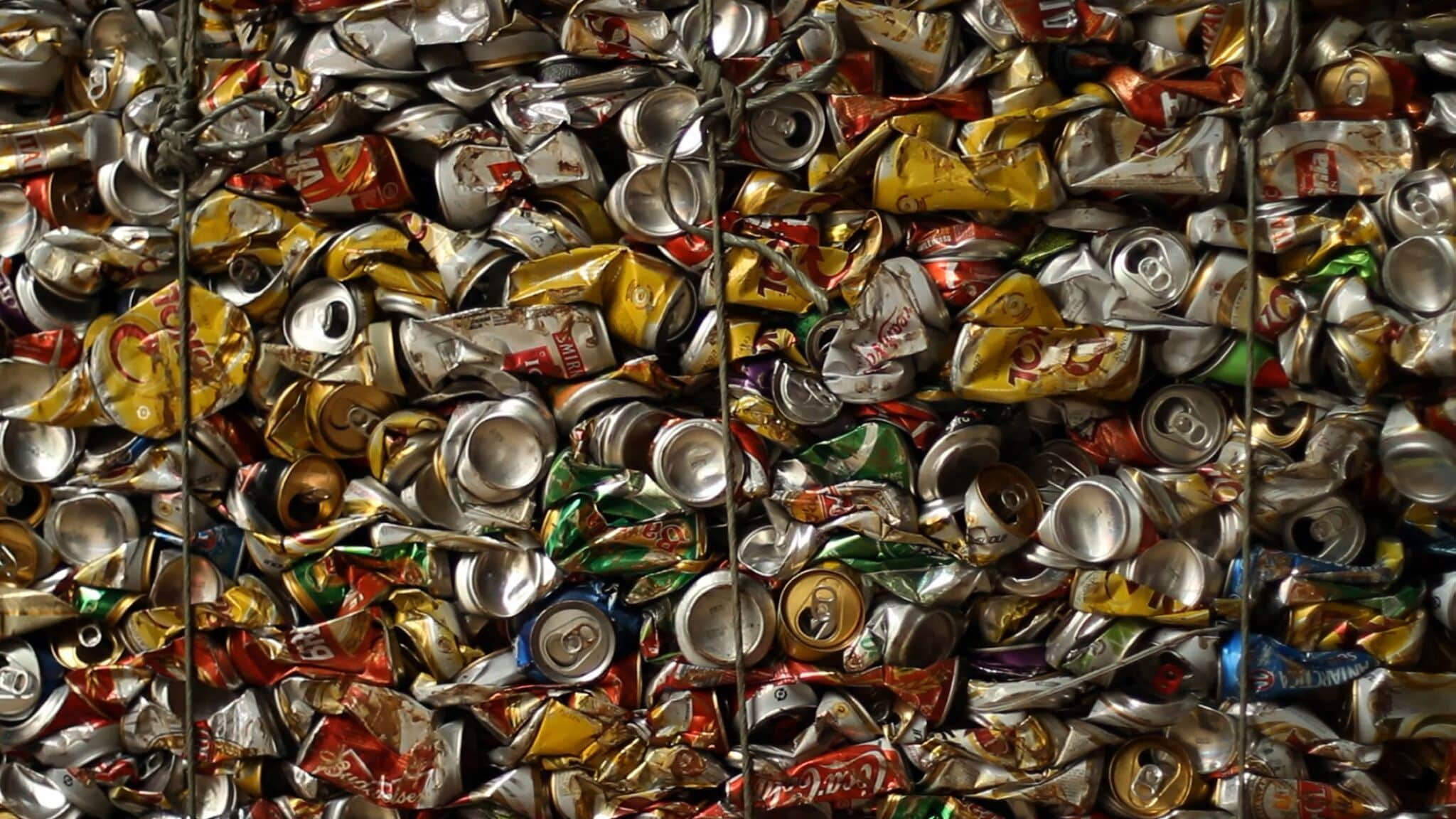
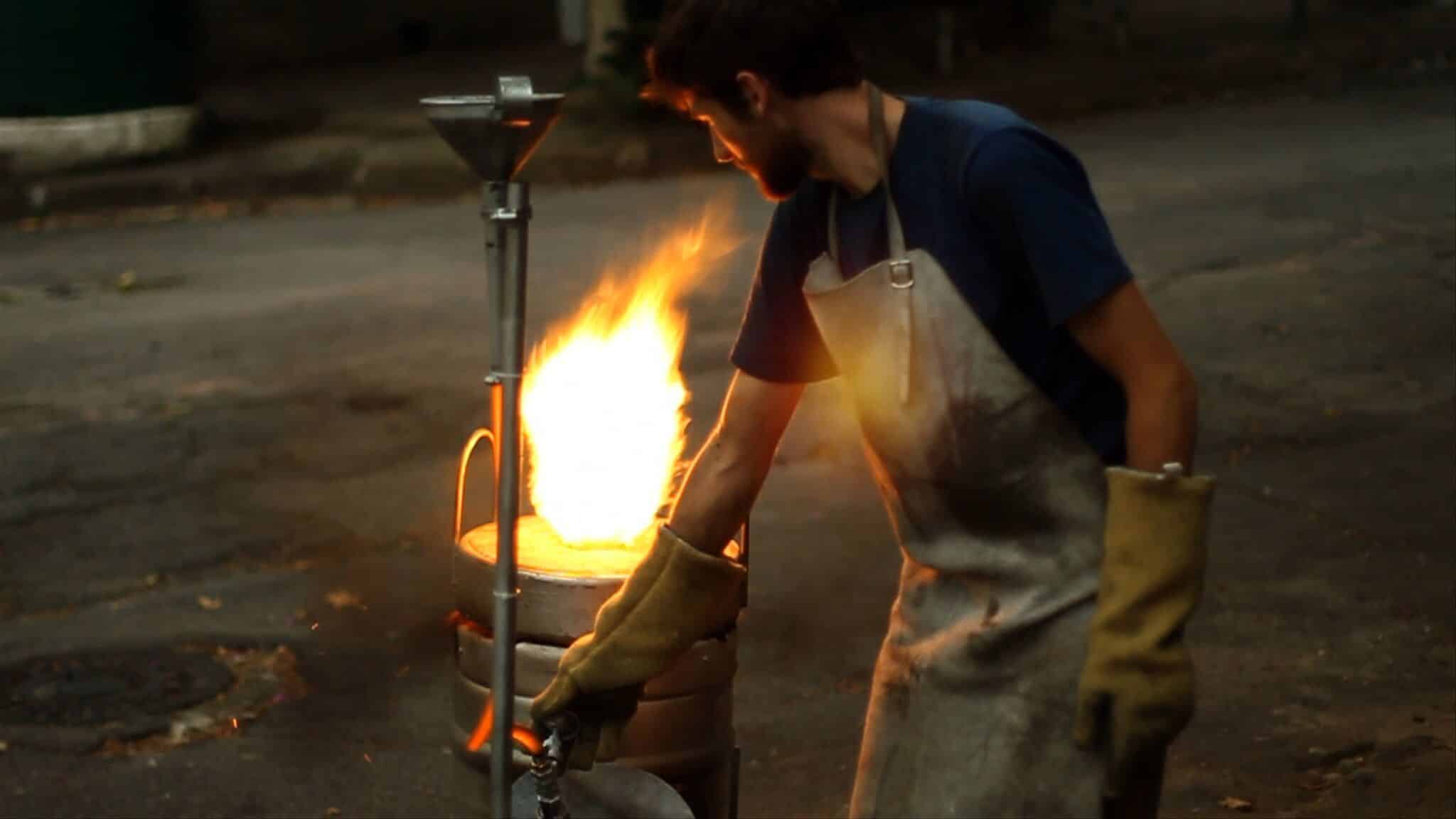
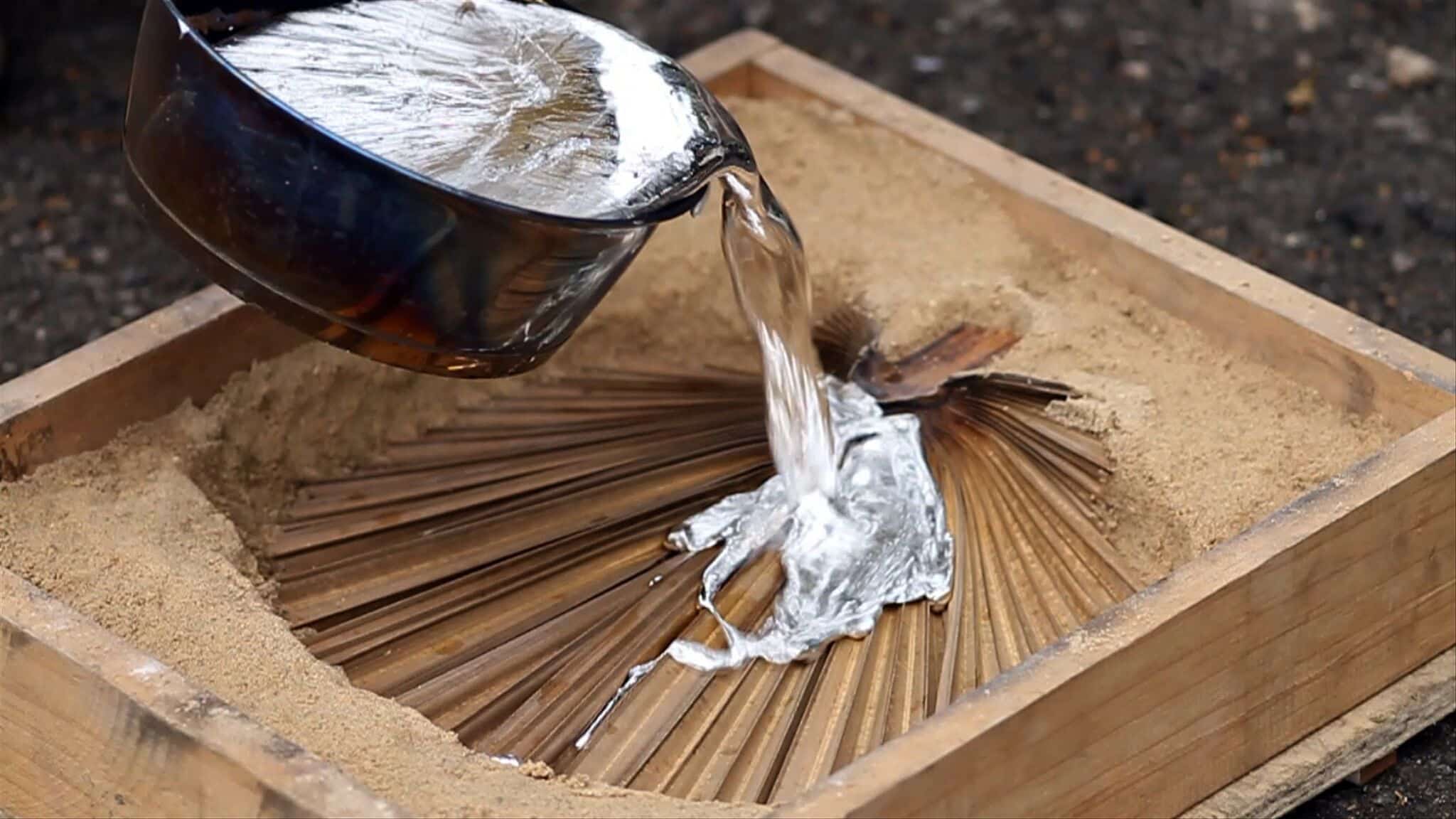
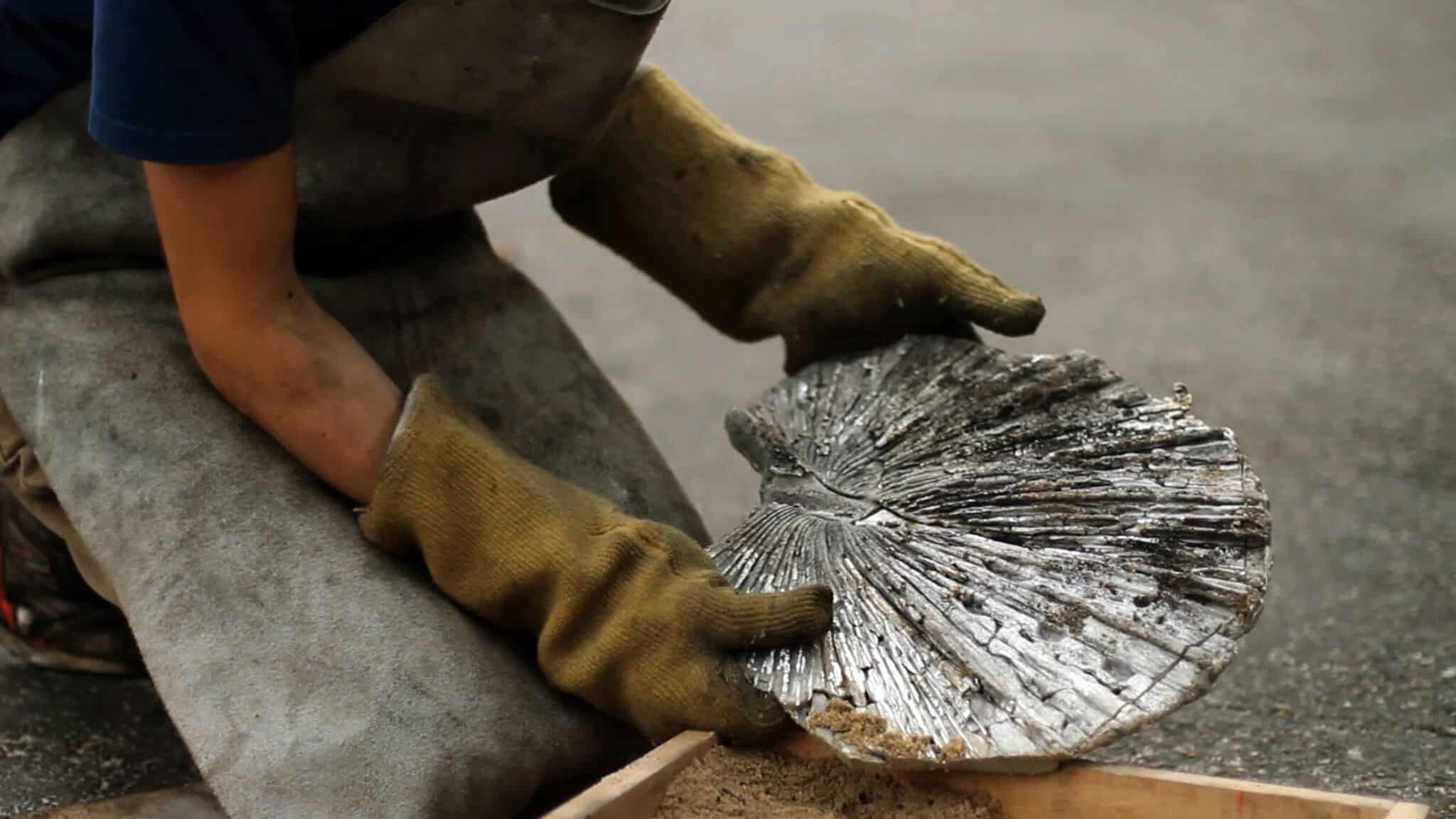
Su colección de accesorios debutó junto con una película titulada "Hair Highway" que documentaba el mercado del cabello en China, las personas que lo cultivan y lo venden, así como las fábricas que lo procesan. Como hay tanta abundancia de pelo humano disponible, Studio Swine vio en el proyecto una forma de explorar su potencial como material renovable.
"Lo que realmente nos gusta es tomar algo que normalmente es difícil de hacer bonito o deseable, y transformarlo mediante el diseño", dice Groves.
Para los dos diseñadores, cada proyecto ha supuesto una pronunciada curva de aprendizaje en la que se combinaba una intensa investigación con mucho aprendizaje práctico. Groves dijo que abrazar la incertidumbre en el viaje creativo les llevó a hacer las cosas de forma no convencional.
"No nos gusta tomar verdades comúnmente aceptadas como verdades absolutas: es empírico, tienes que probarlo tú mismo", añadió.
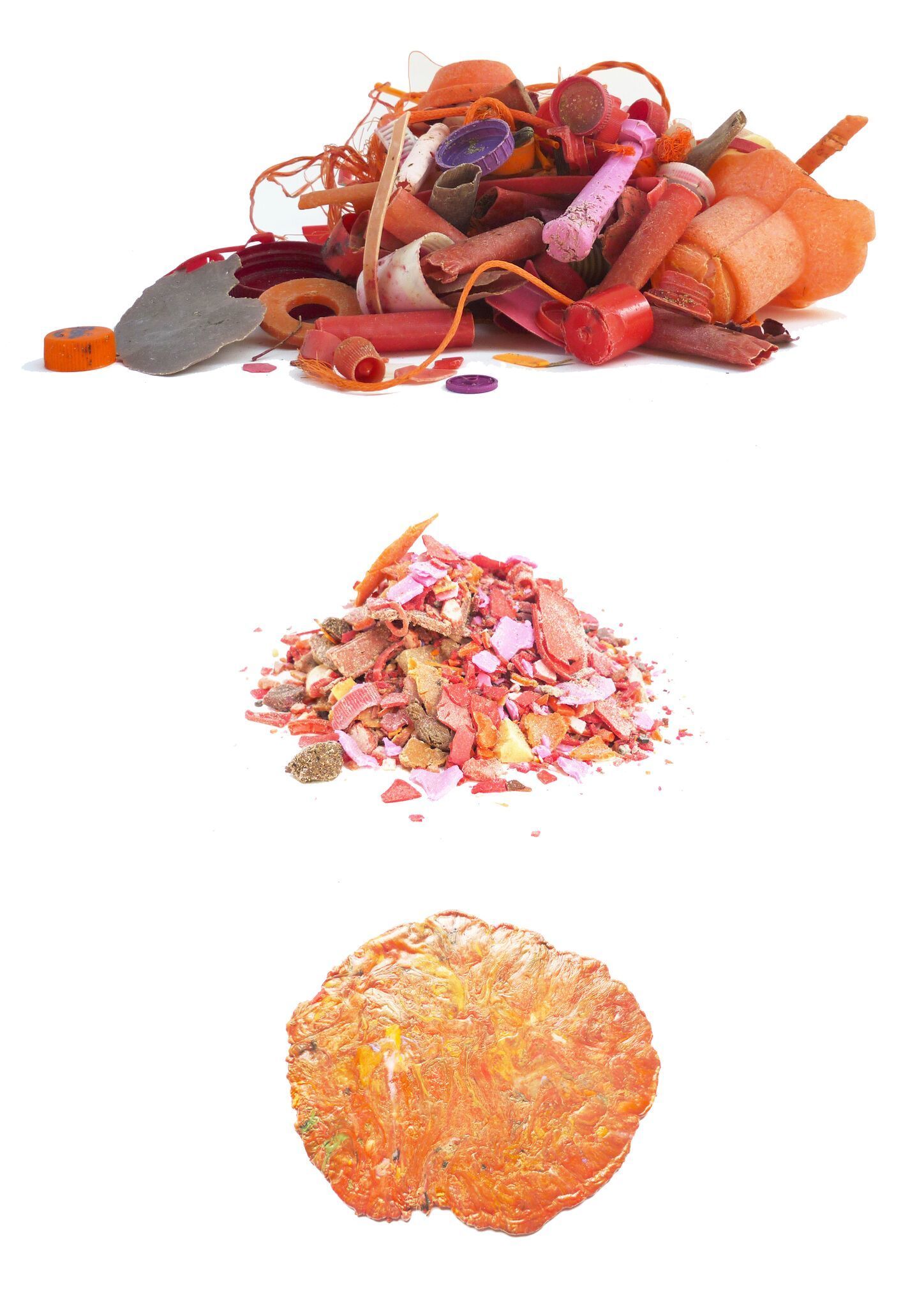
En estos momentos, Studio Swine está trabajando en un proyecto de asientos públicos en la histórica zona de St. James, en el centro de Londres, que explora las tradiciones artesanales locales y profundiza en cómo el diseño y el material están ligados a la percepción de un lugar.
Pronto, la pareja se dirigirá de nuevo a Brasil. Esta vez, Groves y Murakami trabajarán en un proyecto con artículos sostenibles en el Amazonas que se pondrá en marcha a finales de año. "Probar cosas y descubrir cosas a través de nuestros errores en un proyecto nos llevó a menudo al siguiente proyecto", dijo Groves.
A la pregunta de cómo suele empezar un proyecto de Studio Swine -si se inicia por iniciativa propia o llega a través de encargos-, Groves respondió que es una mezcla de ambas cosas.
Su reciente proyecto Terraforming con Swarovski fue impulsado al ganar el premio Premio Diseñador del Futuro. Sin embargo, para otros proyectos como el próximo en el Amazonas, dijo que ambos querían hacerlo de verdad y tuvieron que pensar mucho en cómo realizarlo y obtener financiación y apoyo.
"Es mucho trabajo ponerlo en marcha, pero siempre hacemos lo que nos gusta, ya sea por encargo o por iniciativa propia, porque eso es lo que produce el mejor trabajo".
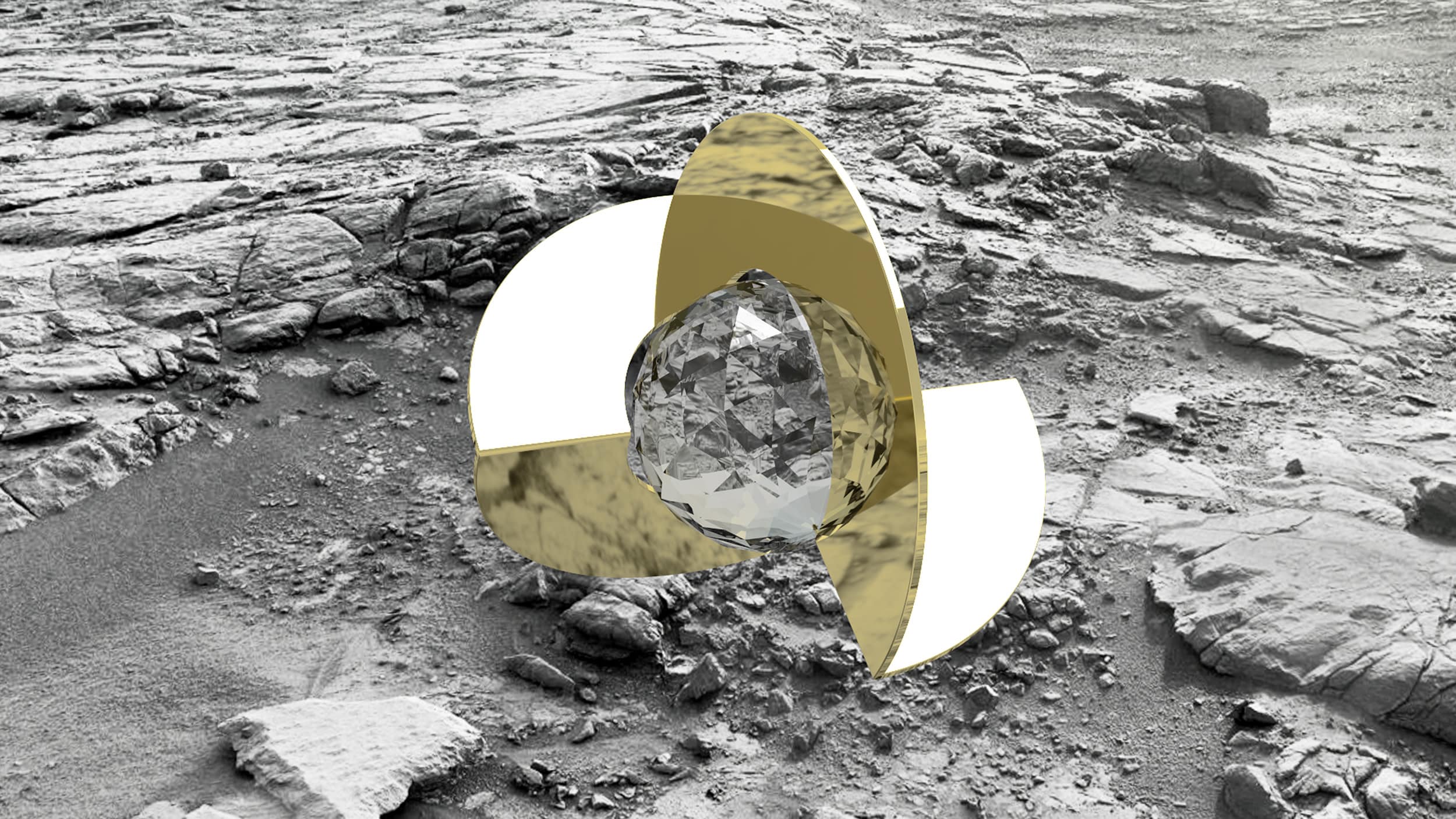
Todas las imágenes vía Studio Swine












